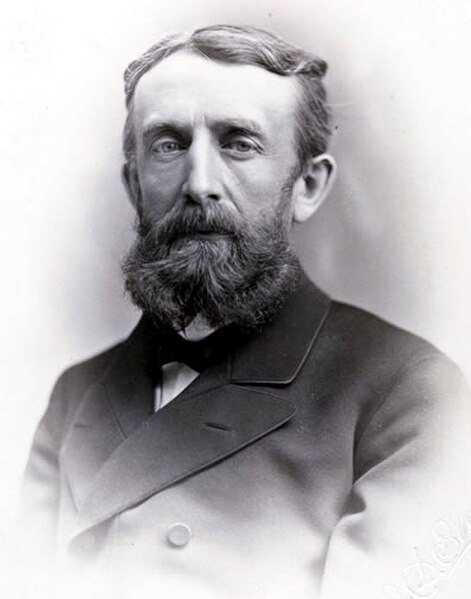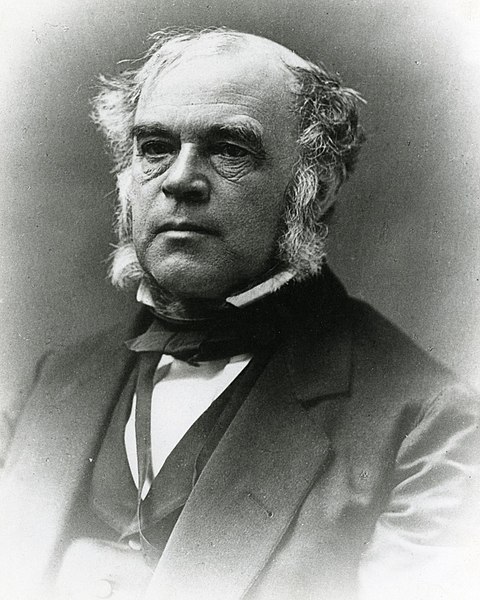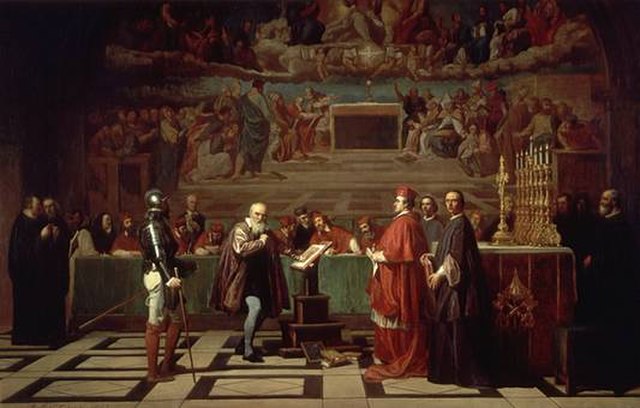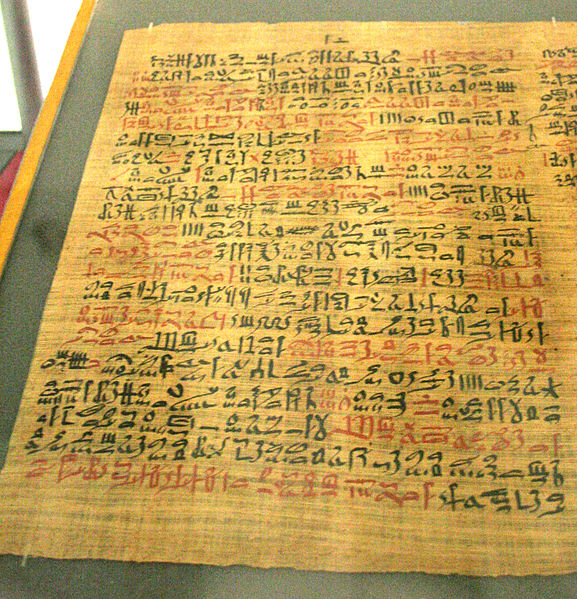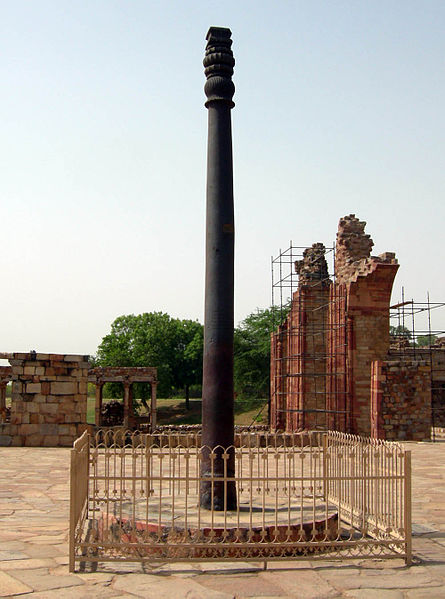The conflict thesis is a historiographical approach in the history of science that originated in the 19th century with John William Draper and Andrew Dickson White. It maintains that there is an intrinsic intellectual conflict between religion and science, and that it inevitably leads to hostility. The consensus among historians of science is that the thesis has long been discredited, which explains the rejection of the thesis by contemporary scholars. Into the 21st century, historians of science widely accept a complexity thesis.
Andrew Dickson White
John William Draper
Galileo Before the Holy Office, a 19th-century painting by Joseph-Nicolas Robert-Fleury
The history of science covers the development of science from ancient times to the present. It encompasses all three major branches of science: natural, social, and formal. Protoscience, early sciences, and natural philosophies such as alchemy and astrology during the Bronze Age, Iron Age, classical antiquity, and the Middle Ages declined during the early modern period after the establishment of formal disciplines of science in the Age of Enlightenment.
The Ebers Papyrus (c. 1550 BCE) from ancient Egypt
Clay models of animal livers dating between the nineteenth and eighteenth centuries BCE, found in the royal palace at Mari in what is now Syria
Star list with distance information, Uruk (Iraq), 320-150 BCE, the list gives each constellation, the number of stars and the distance information to the next constellation in ells
Ancient India was an early leader in metallurgy, as evidenced by the wrought-iron Pillar of Delhi.

